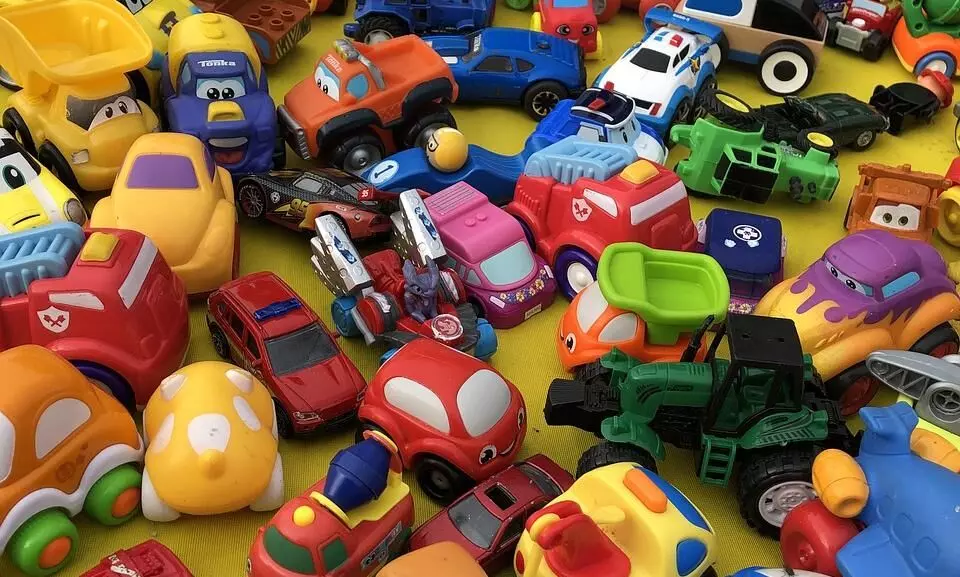
Study finds potentially harmful chemicals in plastic toys
text_fieldsNew research published in the journal Environment International revealed that more than 100 chemicals found in a quarter of children's toys pose a danger to kids.
"Being harmful in our study means that for these chemicals, estimated exposure doses exceed regulatory Reference Doses (RfD) or cancer risks exceed regulatory risk thresholds. These substances should be prioritized for phase-out in toy materials and replaced with safer and more sustainable alternatives," said Peter Fantke, Professor at DTU Management and the study's principal investigator.
Researchers from both DTU and the University of Michigan, together with UN Environment, investigated and studied the issue, analyzed data on chemical functions and their amounts found in plastic toys, and quantified related children exposure and potential health risks.
They also looked into the chemical content in toy materials with material characteristics and toy use patterns, such as how long a child typically plays with a toy, whether it puts it into the mouth, and how many toys are found in a household per child. They also estimated the 'maximum acceptable chemical content (MACC)' for all the substances reported to be found in plastic toys.
The results showed that among the 419 chemicals found in hard, soft and foam plastic materials used in children's toys, about 126 substances were found to have the potential to harm children's health either via cancer or non-cancer effects, including 31 plasticizers, 18 flame retardants, and eight fragrances.
Soft plastics caused higher exposure to certain harmful chemicals, and inhalation exposure of children was the highest; even while playing with just one toy, they inhaled the chemicals diffusing out of all toys in the room.
The chemicals, according to their health risk, were ranked, and the results were compared with existing priority substances lists from around the world.
The study emphasizes the importance of including the complete information of chemical content and maximum acceptable chemical content (MACC) for each piece of the toy. "Such information will enable decision-makers to develop benchmarks for various chemicals in different applications, but will also help toy companies to evaluate the amount of chemicals used for a specific function against such benchmarks," explained Peter Fantke. The researchers have also advised the parents to reduce plastic consumption in general, avoid buying soft plastic toys, and ventilate their kids' rooms every day.























